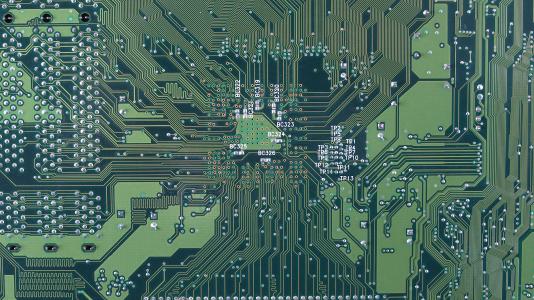Express Licensing
- Semiconductor-based detection and decontamination system (IN-05-036)
Invention
In the event of a chemical and/or biological release, it is critical to be able to rapidly detect the components that have been released, determine the concentration of the components, decontaminate the released components, and verify that the decontamination efforts have been successful. Argonne inventors have developed a “smart” surface that can be incorporated into fabrics, painted surfaces, or other systems for rapid detection and decontamination.
Opportunity & Solution
The Argonne solution is a coupled, semiconductor-based detection and decontamination system that detects contaminant absorption by changes in surface resistance. These changes induce a photocatalytic oxidation or reduction of the contaminant while continuously monitoring resistance and temperature during the process to determine the decontamination status.
Benefits
The Argonne invention is a rapid, integrated detection and response system for chemical decontamination in near real-time.
Applications, Industries
The invention has potential application in decontaminating large surface areas.
